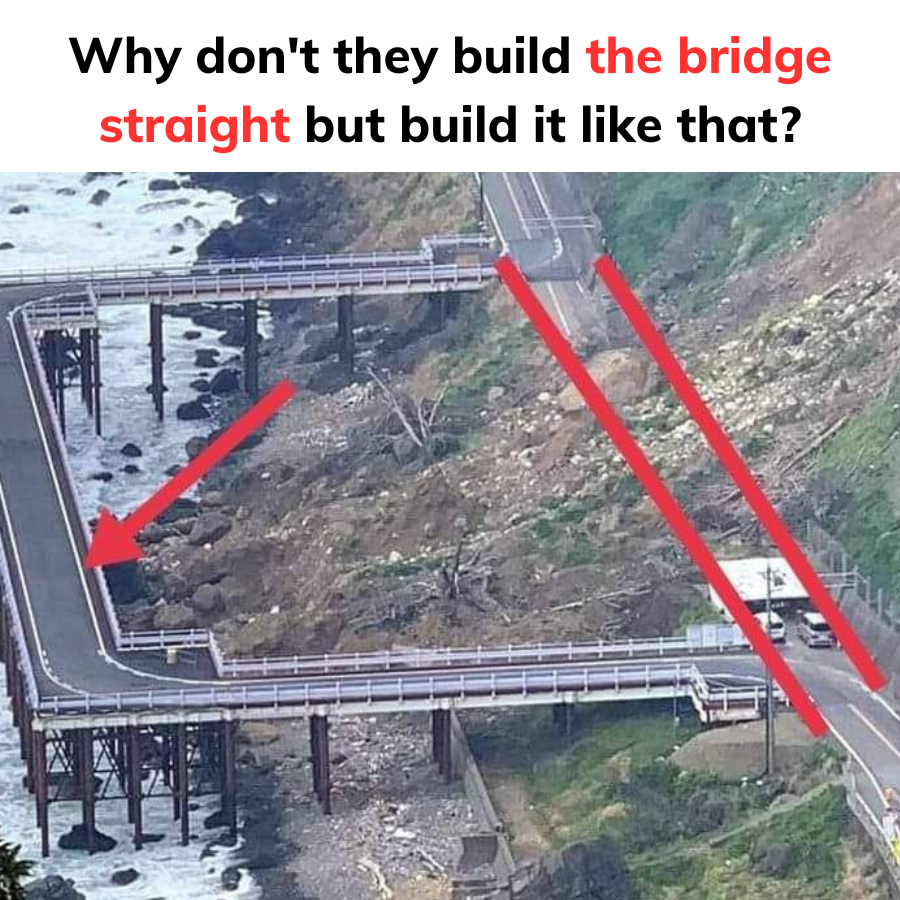
At first glance, you might wonder why some bridges have unique, curved, or angled designs rather than being built in a straight line. Wouldn’t a straight bridge be simpler and more efficient? The answer lies in the careful consideration of the environment where the bridge is built. This particular design is used to protect the bridge from landslides and natural shifts in the landscape.
In areas prone to landslides, building a straight bridge could make it more vulnerable to the forces of nature. A curved or angled structure helps distribute weight more evenly and reduces pressure on key areas of the bridge. This design allows the bridge to withstand shifts in the surrounding land, such as erosion or landslides, and minimizes the risk of collapse or damage from falling debris.
Additionally, the curved design helps avoid obstacles like unstable slopes, providing a safer and more durable crossing. It’s not just about aesthetics—it’s about ensuring the long-term safety and functionality of the bridge in a challenging environment.
So, next time you see a bridge that doesn’t follow a perfectly straight path, remember there’s more to the design than meets the eye. It’s a smart solution to protect both the bridge and its users from the unpredictable forces of nature.

